|
|
INTERACTION WITH SCHOOL CHILDREN SAMUDRIKA, VISAKHAPATNAM
13-02-2006 : Visakhapatnam
I am delighted to interact with the students from different schools of Visakhapatnam. My greetings to the principals, teachers, parents and students participating in this function. I would like to share some important events in the life of two scientists which can enrich the work of aspiring students in their pursuit of science as a life time mission.
Raman Effect and its multi dimensions
First I would like to discuss about the contribution of Sir C.V. Raman who did most of his experimental work in Indian Association for the Cultivation of Sciences in Kolkata. His path breaking work is increasingly relevant even today. Raman Effect has continuously impacted every field of science. Its role in spectroscopy, medical diagnostics and material characterization had been phenomenal. The Raman Effect had been used in many new areas of science and the most recent being in the development of a continuous silicon laser. Instruments and techniques based on Raman Effect make a huge industry all over the world.
In a paper published in February 17, 2005 in Nature, Intel researchers disclosed the development of the first continuous wave all-silicon laser using the Raman Effect. They built the experimental device using the standard CMOS manufacturing processes. Intel researchers incorporated a novel diode-like structure into the silicon cavity laser. This diode combined with the Raman Effect produces a continuous laser beam at a new wavelength. This breakthrough device could lead to many practical applications such as optical amplifiers, lasers, wavelength converters, and new kinds of high efficient optical devices. A low-cost all-silicon Raman laser could inspire innovation in the development of new medical sensors, and spectroscopy devices.
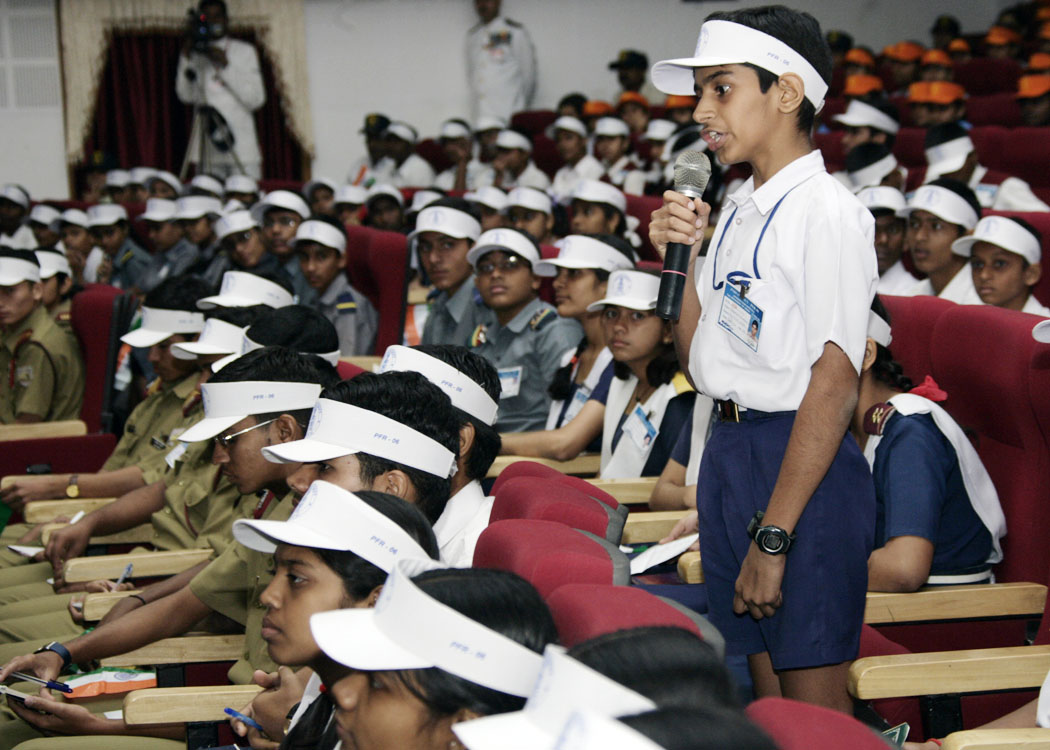
Over the next 5 to 10 years, the computing and communications industries would face increasing challenges to deliver more data and faster. Consumers will be downloading full-length movies, not just photos and music files. People will also require faster access to these large amounts of data. While microprocessors are projected to meet these future demands, the bandwidth of the interconnects needs to be increased to meet the speed of the microprocessors. With the new work of Intel using Raman Effect to produce continuous silicon laser, the material convergence will take place very soon and faster networks would emerge.
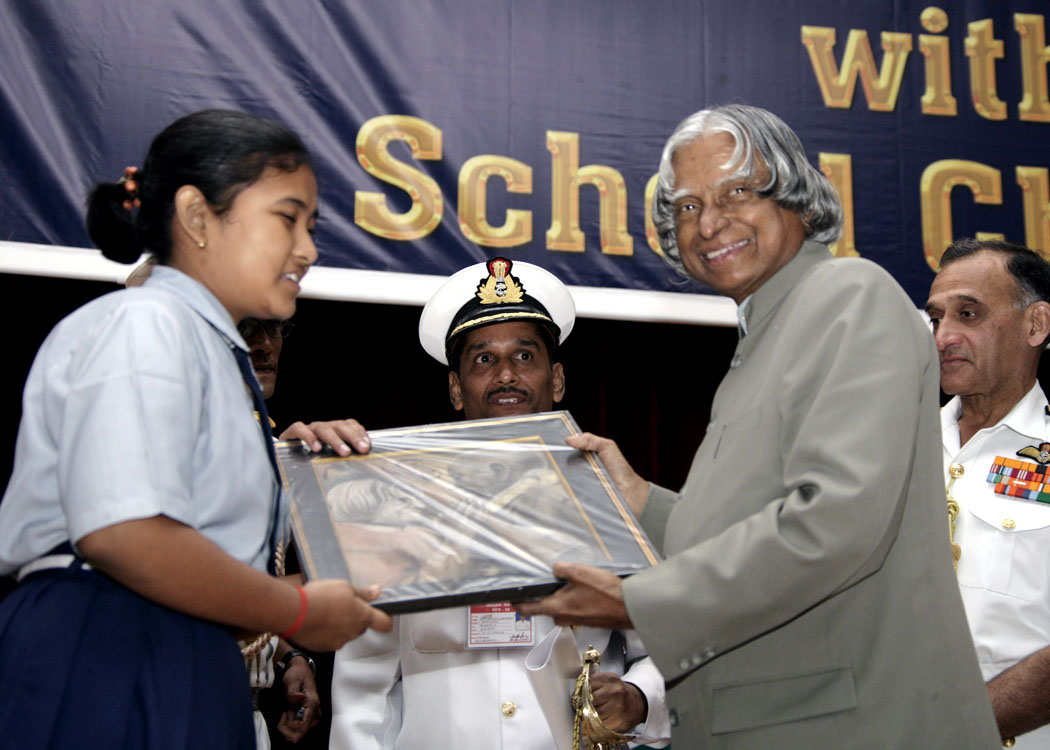
The spirit of scientific enquiry, which was encouraged by IACS since the days of Sir CV Raman and Dr Meghnad Saha should become a model for all of you. This is because, "Thinking provides knowledge and knowledge empowers the person".
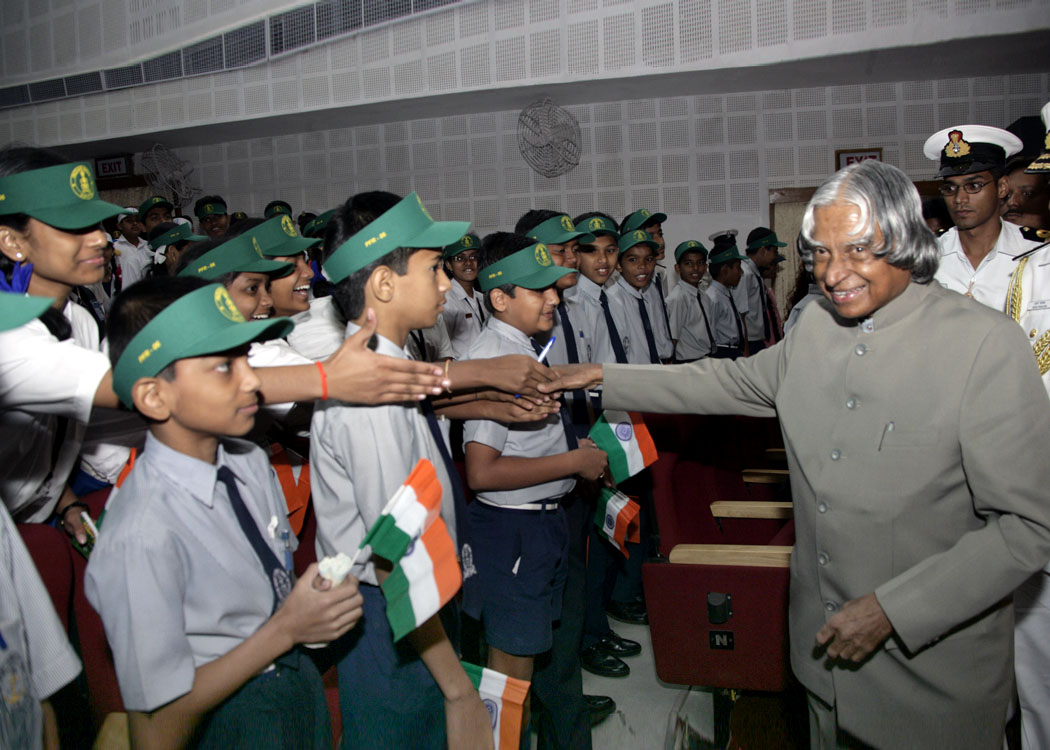

A genius ahead of time
Next I would like to talk about the great mathematician Ramanujan's life. Ramanujan was born in 1887 in Tamil Nadu. At the age of 10, he entered the Town High School in Kumbakonam, where he first encountered formal mathematics. At 11 he had mastered the mathematical knowledge of advanced trigonometry using loaned books. His genius was beginning at the age of 14. Not only did he achieve merit certificates and academic awards throughout his school years, he was assisting the school in the logistics of assigning its 1200 students (each with their own needs) to its 35-odd teachers, completing exams in half the allotted time. His peers at the time later commented, "we, including teachers, rarely understood him and stood in respectful awe of him?. However, Ramanujan could not concentrate on other subjects and failed his high school exams.
His in-exhaustible spirit and love for his subject made him contribute to the treasure houses of mathematical research ? some of which are still under serious study and engaging all-available world mathematicians? efforts to establish formal proofs. Ramanujan was a unique Indian genius who could melt the heart of the most hardened and outstanding Cambridge mathematician Prof G H Hardy. In fact, it is not an exaggeration to say that it was Prof. Hardy who discovered Ramanujan for the world. Professor Hardy rated various geniuses on a scale of 100. While most of the mathematicians got a rating of around 30 with rare exceptions reaching to 60, Ramanujan got a rating of 100. Friends, the genius in Ramanujan had to be discovered by Prof. Hardy.
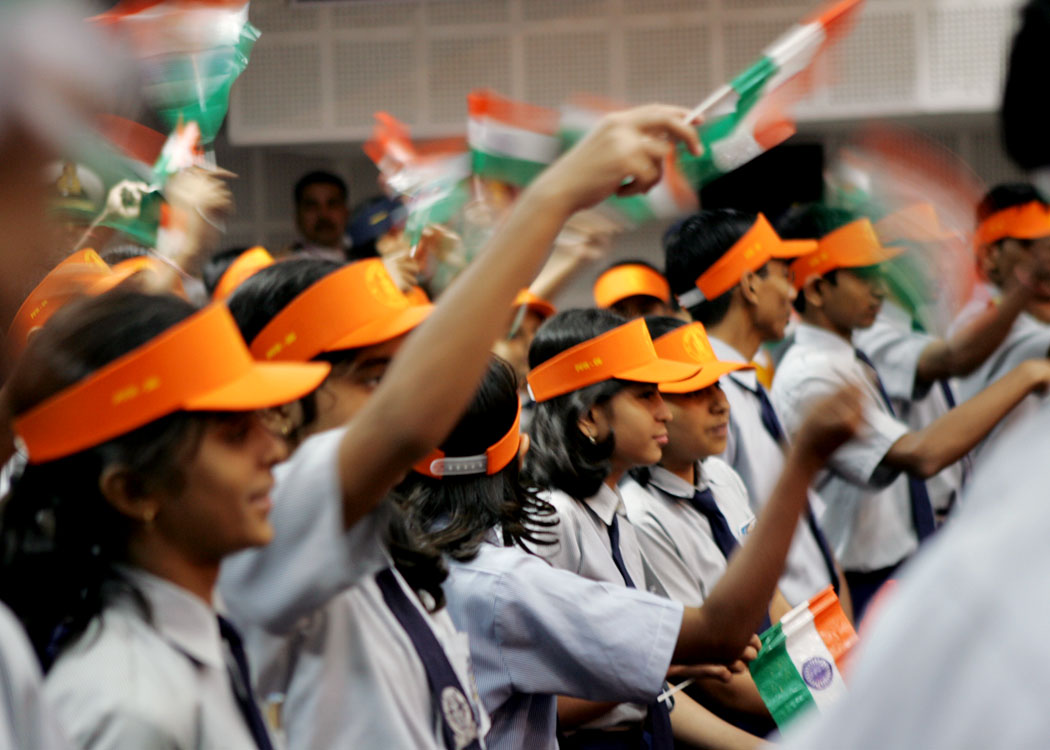
One of the tributes to Ramanujan says that, 'every Integer is a personal friend of Ramanujan'. For Ramanujan, numbers and their mathematical relationship were the measure of how the universe fits together. Each new theorem he explored was one more piece of the infinite to fathom.
In the area of analogue signal processing one uses a mathematical technique called Fourier Transform. When one enters the digital world a different tool called Discrete Fourier Transform is used. Whereas, if one has to analyze noise signals, engineers have recently come to the conclusion that an efficient mathematical tool would be the Ramanujan Fourier Transformation or in short RFT . This once again demonstrates that though Ramanujan did the work on RFT purely to satisfy his urge to explore the beauty of mathematics, it had come to be of use in day-to-applications like communications- almost six decades later. Ramanujan's work on number theory is a pioneering contribution to mathematical science.
So far I was discussing about lives of two great scientists, who can be your role models. Now I would like to highlight one event that presents the richness of the imagination of a 13 year old student in our country, who is like one amongst you.

Planetary life - 3000 AD
On 22 March 2005, I participated in the award ceremony of Shankar?s International Children?s Competition at New Delhi. There I found the visualization of a 13 year old girl named Aardhra Krishna on how the earth?s civilization will look like around 3000 AD. In her imagination, the citizens are forced to migrate to Mars and have made Mars the home to a flourishing civilization. This advanced civilization, which was man made, comes suddenly under threat created by nature in the form of an asteroid of Jupiter. The asteroid from Jupiter orbit was coming towards Mars and Mars was in danger of extinction. The scientists on Mars come up with a very innovative plan of a barrage of nuclear cannons to attack the oncoming asteroid. The bombardment destroys the asteroid and the year 3000 sees a Martian civilization surviving from the fury of the nature by an innovative scientific application. What a wonderful thinking of a young girl!. Dear students, I am sure your minds are equally powerful in visualising and thinking. Let me share with you an event which took place on 4th July 2005 through a NASA Space experiment.

Deep Impact on Comet Tempel-I
This event relates to the impact of the NASA spacecraft called deep impact smashing into the comet Tempel-I, with enough force to create football stadium sized crater with a depth of a 14 storey building. The spacecraft was navigated by an Indian Shyam Bhaskaran ? the deep impact traveled 431 million kms in 172 days escaping from the earth orbit and intercepted the comet at a straight distance from earth at 134 million km. the comet was orbiting around the Sun every five and half years. This is considered as one of the land marks in space exploration.
This event is important to divert asteroids which may hit the earth in future. One such large asteroid 1950 AD is expected to hit the earth on March 16, 2880 AD and nearly one third of the earth will be damaged. Like the ?Deep Impact? one spacecraft is required to be sent with high energy material to divert or break the asteroid to move it out of the present orbit.
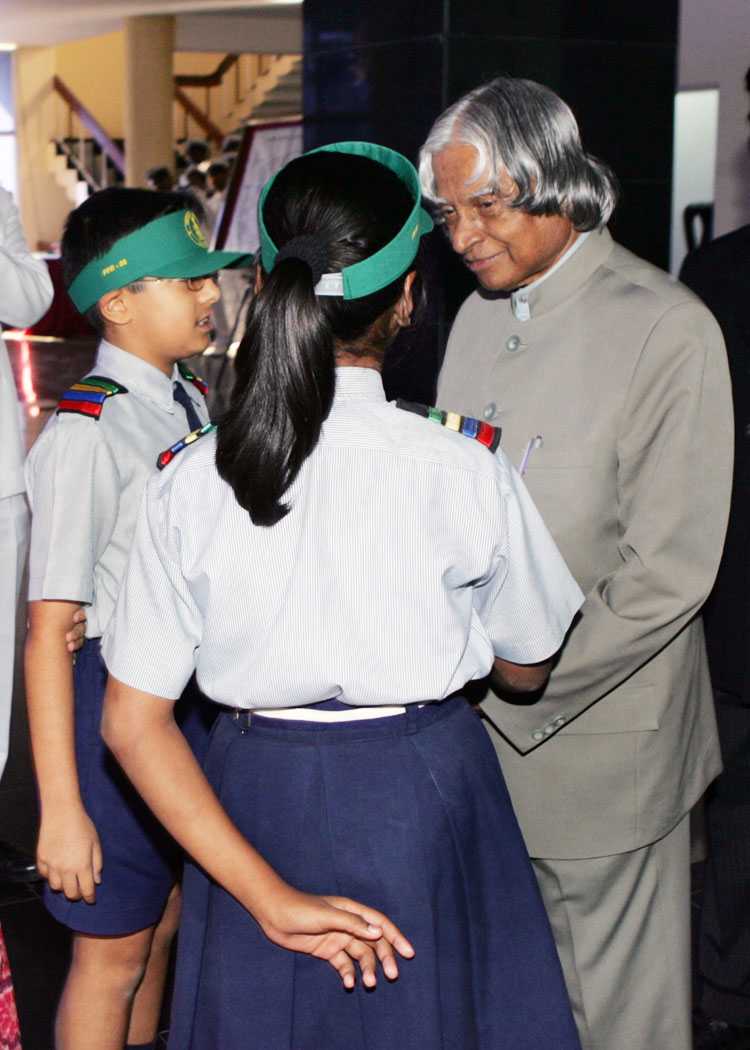

Conclusion
I would like to share with you information. The Government has approved the design and development of a Youth Satellite and its launching in collaboration with Russia. This facility will be made available to other countries as well later. The satellite will be built by the Universities in collaboration with Indian Space Research Organization. Youth satellite will be a communication medium among the youth of the world. The Satellite can be used by the youth to promote peace in the world, and above all creation of enlightened citizens. Some of the research experiments can be suggested by the student community. The students assembled here can think of various projects which they would like to do using the Youth Satellite.
I would recommend the following five books for you to read during the year 2006.
a. Empires of the Mind : Lessons To Lead And Succeed In A Knowledge-Based by Denis Waitley
b. Journey into Light: Life and Science of C.V. Raman by G. Venkataraman
c. A Brief History of Time : From the Big Bang to Black Holes by Stephen W. Hawking, Ron Miller, Carl Sagan, Stephen Hawking.
d. Parallel Worlds: A Journey Through Creation, Higher Dimensions, and the Future of the Cosmos by Michio Kaku".
e. The Best of Indian Physics: (Contemporary Fundamental Physics) Edited by B.G.Sidharth.

Question and Answer Session
Majisha, 11th Standard, Navy Children School
1. Which part of your life do you like the most? As a student, as a Scientist? or as a President?
Ans: Each phase of life requires a specific type of work and competence. I enjoyed all of them.
Michelle Lazar, 9th Standard, St. Joseph's Girls High School
2. How does stem cell research help in the treatment of acute diseases?
Ans: Stem Cells has the property of growing cells in the region and activate the inactive parts. This research has enabled doctors to cure end stage heart diseases which has occurred due to the hardening of the muscle and retina damage due to burn injuries. The research can also lead to the solution of Kidney, pancreas, liver etc.
Ninadha B Kashyap, Kendriya Vidyalaya -II, Nausenabaugh
3. The values that we learn in our schools seem to be restricted to classroom learning. The society at large, neither tolerate nor permit the practice of these values. As children, what we should do?
Ans: As children you must aspire to become an enlightened citizen, which has three components: (1) Education with value system (2) Religion transforming into spirituality (3) Poverty reduction through development.
S.S. Lavanya, 11th Standard, Kendriya Vidyalaya-1
4. What do you think about youth getting involved in politics?
Ans: At the time of studies youth must concentrate in the studies and try to excel in the chosen area. After completing your studies you may join any field depending upon your aptitude.
Salmali Verma, 9th Standard, Kendriya Vidyalaya.
5. You always exhort us to have dreams. Did you have dream as a child?
Ans: Yes. I was always dreaming to take up a profession connected with flying.
Hari Teja, 12th Standard, Visakha Valley School.
6. Why are we going along with a reservation system based on religious and caste basis, even though we are a secular democratic country? Why can't this reservation system be based on economic status irrespective of caste or creed?
Ans: Over the generations some people have been deprived of opportunities. To bring them on par our constitution provides for certain type of reservations. This is part of our societal responsibility.
Yogesh Singh, 8th Standard, Kendriya Vidyalaya-I
7. India spends precious foreign exchange each year towards importing oil. With the growing economy our foreign exchange bill for oil is bound to go up. As a nation should we not commit our selves towards meeting our energy requirements through non-conventional energy sources?
Ans: I have addressed this issue as a part of my Independence Day talk 2005. Nation has to work for energy independence through thorium based nuclear energy, solar energy and bio-fuel based on Jatropha.
N. Annu, 10th Standard, Sea Cadet Corps
8. What is the way out for environmental pollution? How can we handle this menace when industries are the backbone of our economy and are the main culprits of this menace?
Ans: Students have a responsibility to have a motto of maintaining the area clean and tidy. There is a project of mapping the neighbourhood by the use of GPS. This can enable location of garbage area drainage and various systems for minimising the pollution.
Ashish Choudury, 9th Standard, Timpany School
9. "Education is the key to success in a democratic system". If that be so, we need to stipulate a minimum educational qualification rather than minimum age to vote as part of our electoral reform process. What is your opinion?
Ans: Presently the constitution provides a fixed age for becoming eligible to vote. Indian voter has been found to be very intelligent and selective. Also we are working towards providing education for all through a Parliamentary Bill.
Natasha Anchees, 9th Standard, Bethany School
10. What are the big challenges that India faces today?
Ans: Removal of poverty of 260 million people who are below the poverty line.
Raja Raghunath, 9th Standard, Sai Prakash Vidya Niketan
11. India's consumption of food will double by 2020, where as land resources available for cultivation would further reduce due to increase in population. It means with lesser land resources, India has to double the production by technology. Is it possible?
Ans: The scientific community will definitely find a solution as we have done during the first green revolution.
R. Manjeera, 10th Standard, Kendriya Vidyalaya Malkapuram
12. There are very few and far scientific inventions and discoveries in spite of establishment of many universities and IIT's / NITs. Sir, what is the driving force that is lacking to ignite the young mind to come up with new scientific inventions/discoveries.
Ans: Science is a life time mission. Youth of India have to develop the spirit "I can do it". This will enable a large number of inventions and discoveries to be generated by our scientists.
Suraj M, 12th Standard, Sainik School
13. What was your ambition during your student days?
Ans: I just answered similar question. I was always dreaming to take up a profession connected with flying.
Neha Mishra, 10th Standard, Satya Sai Vidya Vihar.
14. How do you relate science and spirituality?
Ans: "Church Story"
S.K. Mohabunnisa, 10th Standard, Municipal Corporation Schools
15. I would like to become a great scientist and a human being like you what should I do?
Ans: Sweat, sweat and sweat.
K. Rani Poojitha Devi, 10th Standard, St. Joseph's Secondary School
16. We children all look up to Dr. Abdul Kalam for inspiration and motivation what is your message Sir, for these future Kalams?
Ans: Have an aim. Acquire as much knowledge as possible and work hard. If you encounter any problem do not allow the problem to become your master, defeat the problem and succeed.
Ipsita Mishra, 11th Standard, Kendriya Vidyalaya
17. India is emerging as a global IT giant but rural India has not changed. Can't India use it's scientific advancement to help lift the rural masses?
Ans: We are doing this continuously. For example green revolution, space technology for communication, nuclear technology for power generation, have all been used for uplifting the rural masses.
G. Siddartha, 10th Standard, Ramnath Secondary School
18. We are facing many problems like terrorism, corruption etc. and other socio economic problems. Do you think India will become a developed country by 2020 with all these problems?
Ans: Yes. India will become a developed country well before 2020. You have to remove the doubt and work for it.
M. Sowmya, 10th Standard, Zinc Smelter Sr. Secondary School
19. India is an agrarian economy. If that being so, why is it we are spending more on nuclear energy than on agriculture?
Ans: Our allocation to rural sector is the highest, much higher than the allocation for nuclear energy. Generating power through nuclear energy is also required for rural sector.
Yesh B Bhambhavani, 9th Standard, Siva Sivani Public School
20. Almost all higher education / professional colleges demand high fees or donations, which only the rich can afford. How the Government is going to tackle the problems of economically weaker but meritorious students?
Ans: Today the Banks are providing liberal education loans without the need for a collateral. This should enable even poor students to follow education of his choice.
Miki, 11th Standard, Kendriya Vidyalaya No. II
21. In your opinion - What is success? What makes a person happy in his life?
Ans: Gandhiji says, "My mother had given an advice "Son, in your entire life time if you can save or better someone's life, your birth as a human being and your life is a success. You have the blessing of the Almighty God". If you do this you will definitely be happy in the life.
Malay Tripathy, 11th Standard, Delhi Public School
22. Will there be a reverse brain drain to the country?
Ans: It is already happening.
My greetings to all the students and staff of various schools.
May God bless you.
<<Back
|
|